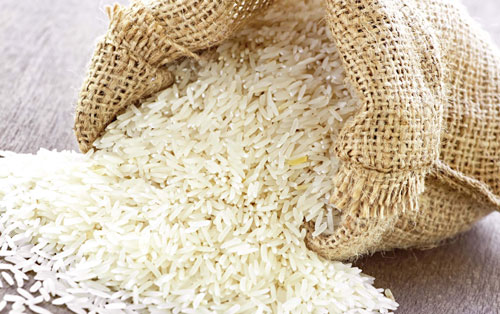Pakistan has the potential of $4.5 billion rice exports, but currently, the exports stand at $2.1 billion, WealthPK reported.
By taking pragmatic steps, Pakistan can improve its production and exports, according to Syed Fakhar Imam, Federal Minister for National Food Security and Research.
The minister said in a statement that Pakistan’s total production of rice this season is 9 million tons. Pakistan’s domestic consumption of rice was 3.5 million tons in FY 2020-21.
He said that with a total stock of 2.5 million tons from the previous year, Pakistan now has an export potential of 8 million tons.
Globally, Pakistan is the fourth largest rice exporter and the 11th largest rice producer, WealthPK reported.
Rice yields are 2.56 tons per hectare in Pakistan, but the world average is 4.7 tonnes per hectare, which shows there is a lot of room for improvement.
During pre and post-harvesting, a large amount of rice is lost, WealthPK reported. Post-harvesting accounts for direct loss of rice physically and quality-wise that reduces the economic value of crop or makes it unsuitable for human consumption.
Due to over-exposure to fluctuating temperature, a huge quantity of rice is cracked during threshing, causing rice breakage during processing (milling) and reducing its quality. Journal of Agricultural Research and Technology states that due to mismanagement, pest attack, and spoilage, almost 25 percent of rice is lost after harvest in developing countries.
Different stages of rice crops and how it is wasted are described below, WealthPK reported.
Technological innovation is an important factor in boosting agricultural output and reducing wastage. Developing countries like Pakistan lag in the latest/up-to-date technologies.
Weak transportation and crop management system are important factors that increase the probability of rice wastages. Almost 95 percent of farmers own less than 12.5 acres of land.










